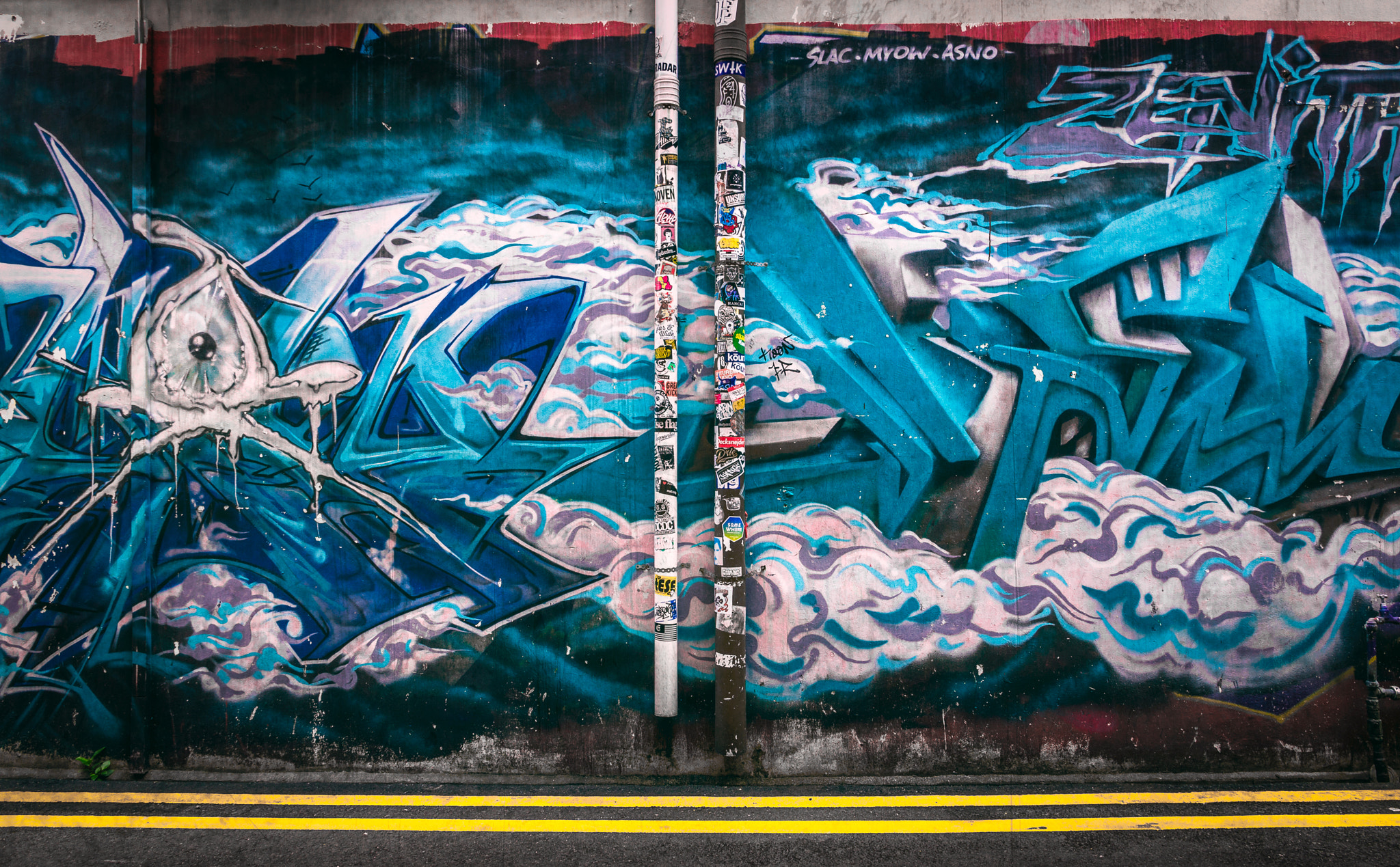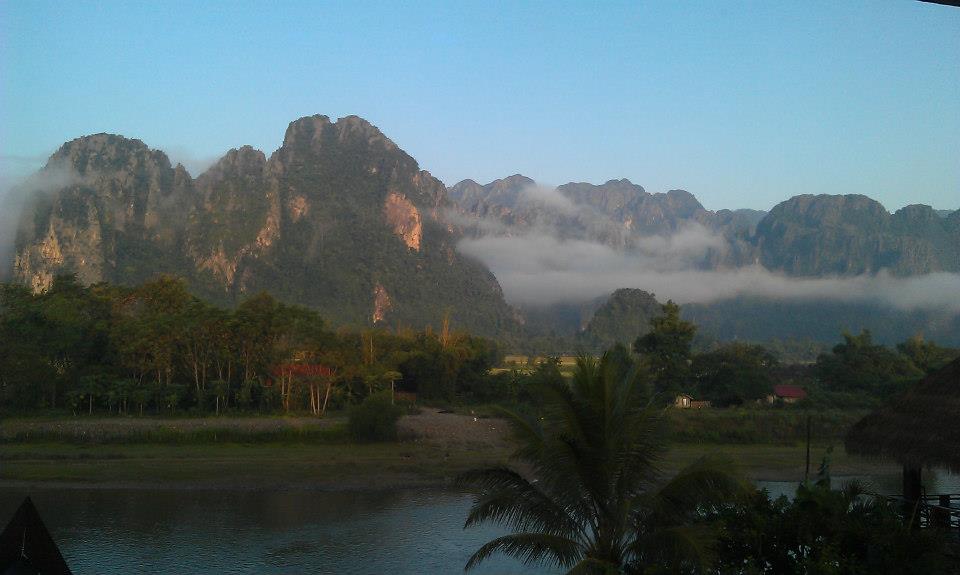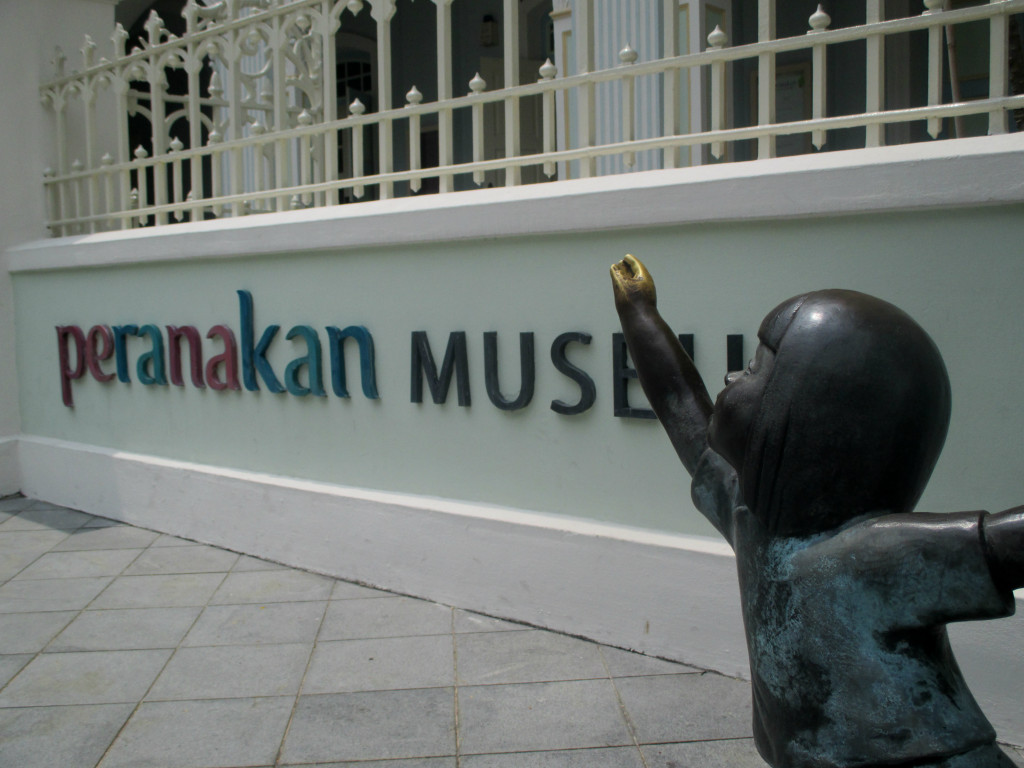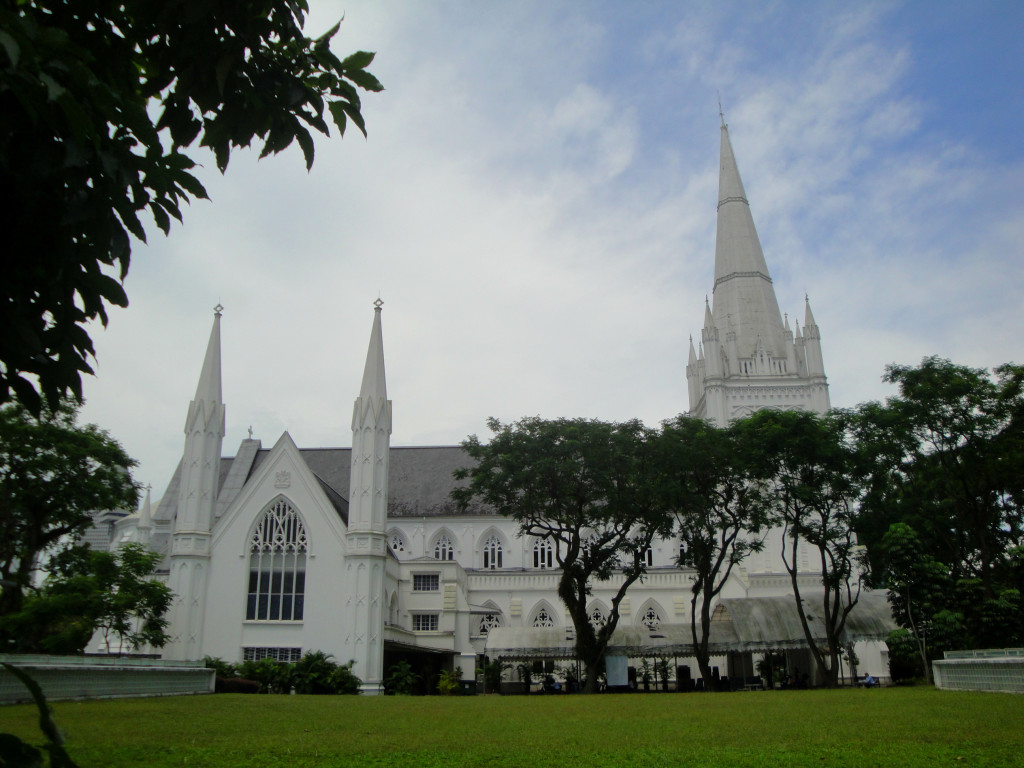Now out! The latest issue of the Living in Singapore magazine, featuring my piece on the city’s vibrant Arab Quarter.

If the Raffles Landing Site can be considered the birthplace of modern Singapore, then the Kampong Glam district was its cradle. Originally a village (a kampong in Malay) used by sea gypsies that was surrounded by gelam trees, the land vaulted into the history books when it was given to the last sultan of Johor in 1824 as part of the treaty that ceded Singapore to the British. By the 1920s, what had once been designated a Muslim enclave had picked up a notorious reputation as a red-light district that lasted until the 1970s, when the Bugis area was completely refurbished. Today, Kampong Glam is a blend of vibrant malls and cultural touchstones, a bastion of what defined Singapore’s multicultural capitalism two centuries ago and what defines it today.
9am – 10am
This part of town is slow to wake, with many establishments opening their doors around noon, but that doesn’t mean a delicious breakfast can’t be found. Earlybird is a cozy space with excellent coffee. Located on the corner of Victoria Street and Jalan Pinang, a stone’s throw from both the Sultan Mosque and the enormous mural Girl with Lion Cub by Ernest Zacharevic, it makes for an ideal starting point for the day.
10am – 12pm
The crown jewel of Kampong Glam, historically and physically, the Sultan Mosque cannot be missed. A pillar for the local Muslim community, the original mosque was born out of the 1824 accord, but within a few decades, it had fallen into disrepair and couldn’t fulfill the needs of the Islamic community, which had grown significantly. Construction of the new mosque began in 1924 but slowed and stalled in the years of global recession that followed. The funds to finish the building came from the generosity of local Muslims, with those who couldn’t afford to contribute money donating glass bottles instead. These bottles now make up the rings that encircle the base of each of the impressive gold ogee domes. Note that the mosque is closed to visitors on Friday mornings.

12pm – 2pm
Since the mosque is surrounded by a number of delicious Malay and Mediterranean restaurants, an indulgent lunch is in order. As expected in an area nicknamed the Arab Quarter, many establishments are halal, which means they don’t serve pork or alcohol. Eateries on North Bridge Road like Warong Nasi Pariaman, Sabar Menanti II and Pondok Jawa Timur all give you a delicious taste of regional cuisine. On the Mediterranean side of things, my personal favorites for creamy hummus and delicious kebabs are IstanBlue on Baghdad Street and Alaturka on Bussorah Street. For a treat, the cupcakes and doughnuts from Fluff Bakery on Jalan Pisang are pretty hard to beat. As is the gelato from aROMA on Arab Street.
2pm – 4pm
One of the most unique parts of visiting Kampong Glam is the opportunity to indulge in some truly old-world shopping experiences. The streets of historic shophouses are the perfect place to find Turkish mosaic glass lamps, luxurious carpets and bespoke craft pieces for the home. Sifr Aromatics is legendary and for good reason. If you’re tired of the too sugary/citrusy perfumes found on department store shelves, this should be top of your list. A stroll down Arab Street will lead you past rolls upon rolls of fabric in all colors and textures. Don’t worry if you’re like me and can’t even thread a needle. The majority of these shops have in-house seamstresses who you can tap to make you a custom piece of clothing.

4pm – 6pm
Time to get out of the heat. Located in the former palace of the Johor Sultan, the Malay Heritage Centre is worth seeing not only for the fascinating exhibitions but also the beautiful architecture. Six permanent galleries and a rotating exhibition delve into not only the history of Singapore’s Islamic community but also into Malay art and niche perspectives on the region’s conflux of people. Note that the center is closed on Mondays.
Those looking for a vibrant introduction to the local arts scene should check out the Aliwal Arts Centre, an active multi-disciplinary performance space that frequently hosts musicians, dance troupes, poets and other stage talent. Check out their website for upcoming events and workshops. The Vintage Cameras Museum and Click Art Museum combine to make for a unique experience, featuring over 1000 cameras and several rare collections of photographs. Another enriching indoor option is the National Library Building on Victoria Street, which hosts myriad afternoon and evening events for both children and adults. Home to the country’s national archives, history and culture buffs can easily spend hours exploring the seven floors containing the Lee Kong Chian Reference Library.
6pm – 9pm
Thanks to its vibrant murals and independent boutiques, the famous and famously hipster Haji Lane has become quite the Instagram spot in recent years. Though many of the shops and salons are closed on Mondays, during the rest of the week most are open from noon or 1pm to 8pm or 9pm. The area’s vibe amps up as the sun sets, especially on weekends when the street is closed to vehicles. Restaurants spill out to fill the space with tables and music. Equally cute and often a skosh less busy is Bali Lane, which runs parallel to Haji Lane and houses gems like Pita Bakery and Sticky Rice Thai Food. Not to mention Blu Jazz Café, a pillar of Singapore’s live music scene.
There are too many cute clothing stores, vivacious bars and hidden treasures in Kampong Glam to list them all, but the best part about walking around this colorful part of town is the opportunity to stumble across them yourself.





